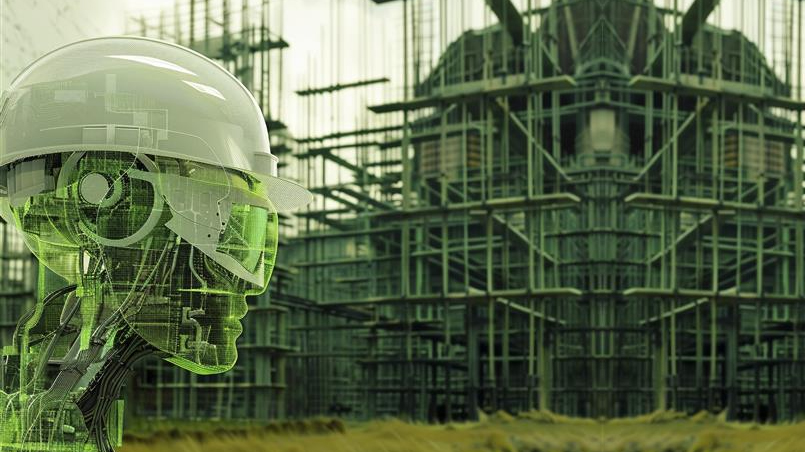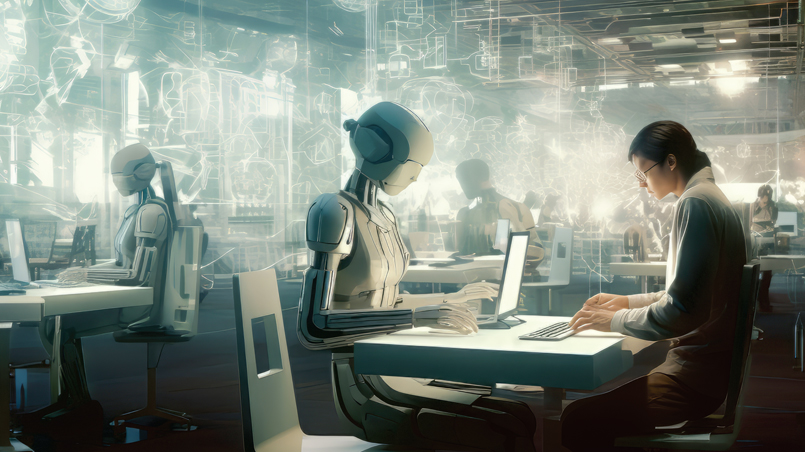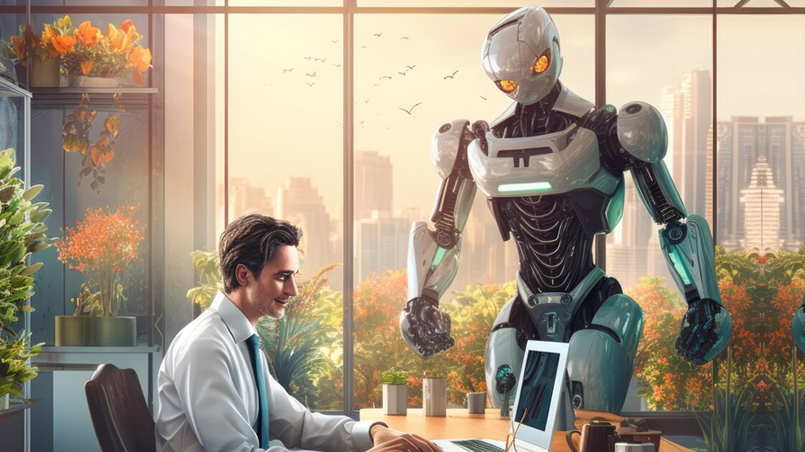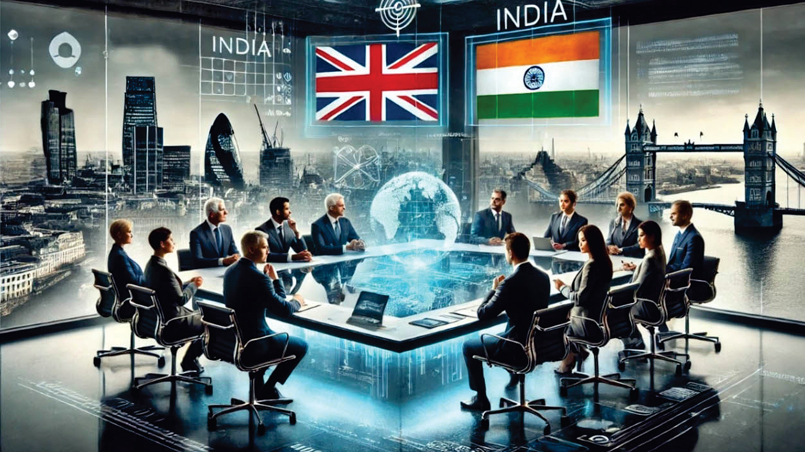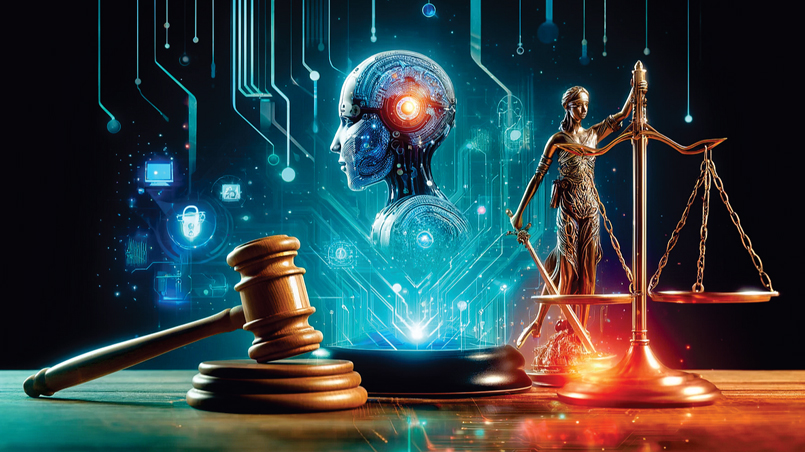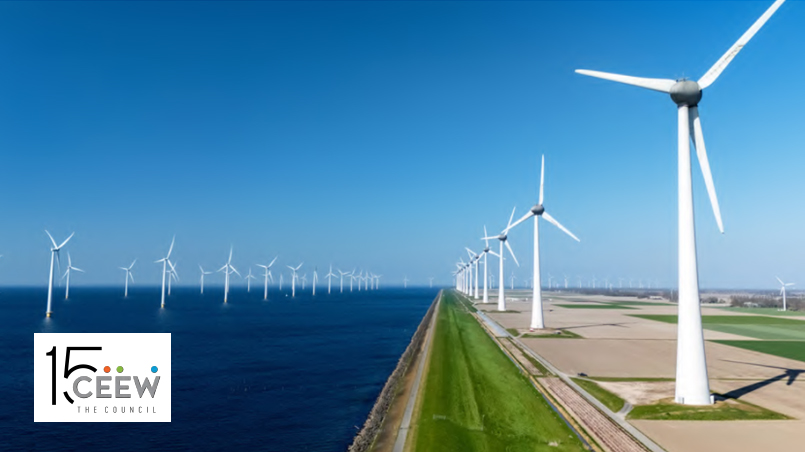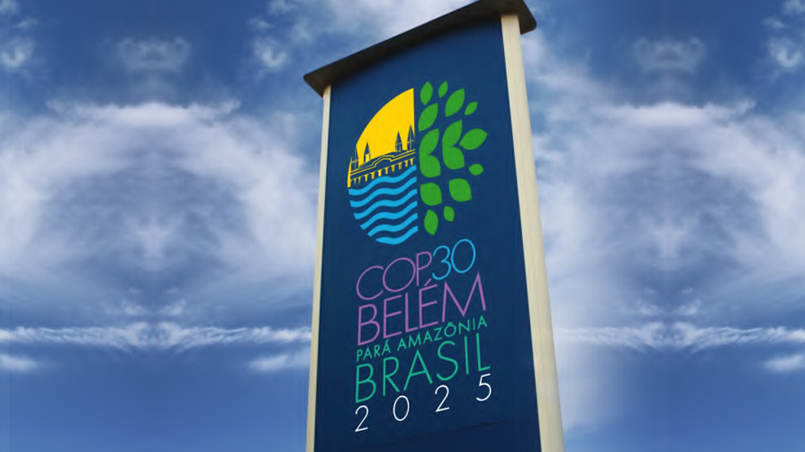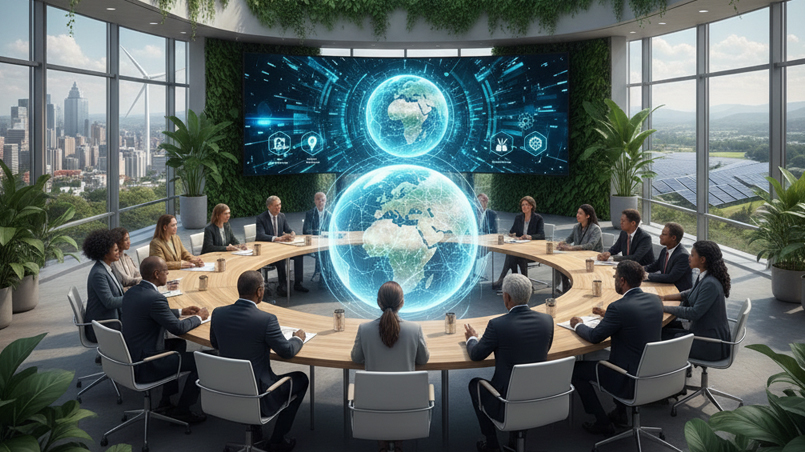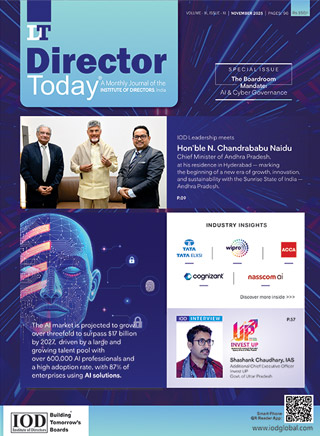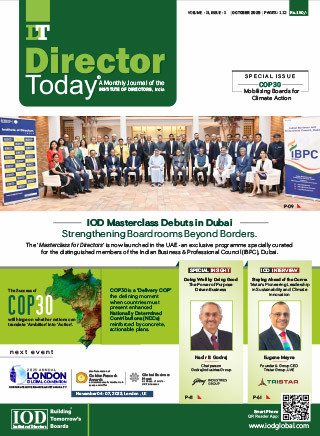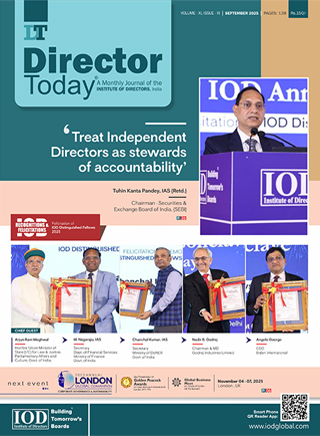India's Path to Global Leadership
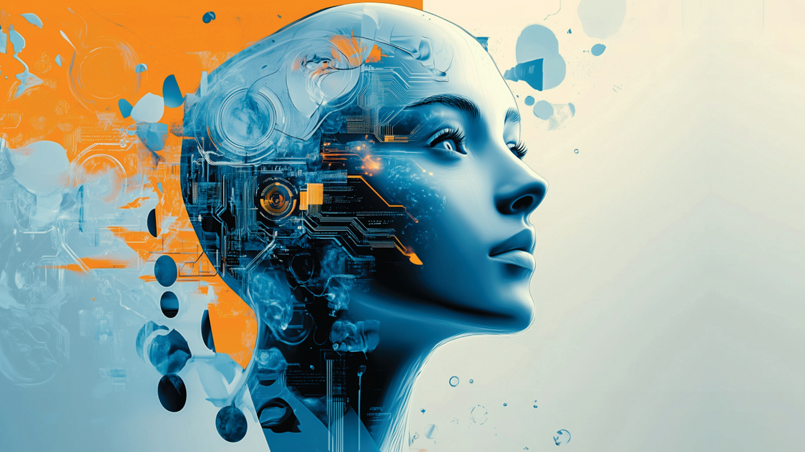
Aligning IndiaAi Mission with Nobel Winning Insights on Innovation
The Indian AI market is experiencing rapid growth, with projections indicating a substantial increase in market size. The generative AI segment alone is expected to expand from USD 1.02 billion in 2024 to USD 8.34 billion by 2030, reflecting a Compound Annual Growth Rate (CAGR) of 34.4%. This growth is driven by advancements in AI technologies, increased adoption across industries, and supportive government policies. India's ambitious AI trajectory is crystallized through the IndiaAI Mission, with a focus on democratizing AI, the initiative strives to make AI accessible across various sectors, including healthcare, agriculture, and education, fostering innovation and addressing societal challenges.
Global Perspectives: Comparative Insights
Globally, AI regulations are evolving to address the complexities introduced by AI technologies. The European Union has implemented the AI Act, focusing on risk-based governance and transparency. Similarly, the United States has introduced executive orders and statelevel regulations to promote responsible AI development. These developments underscore the importance of international collaboration in establishing ethical AI frameworks.
Amid these global advancements in technology and governance, the 2025 Nobel Prize in Economic Sciences was awarded to economists Joel Mokyr, Philippe Aghion, and Peter Howitt for their ground-breaking work on innovation-driven economic growth. Their research emphasizes the critical role of technological progress and "creative destruction" in fostering sustained economic development. This paradigm offers valuable lessons for India, a nation at the cusp of a technological renaissance, aiming to harness innovation for inclusive and sustainable growth.
The laureates' work elucidates how economies can achieve long-term growth through the continuous cycle of innovation that displaces outdated technologies and business models. Mokyr's historical analysis identifies the prerequisites for sustained growth, including the coevolution of science and technology, mechanical competence, and societal openness to disruption. Aghion and Howitt's model of "creative destruction" illustrates how firms innovate to replace obsolete technologies, driving economic transformation and productivity gains.
Strategic Takeaways for India
India must foster institutional reforms, building legal, regulatory, and social frameworks that enables creative disruption, support entrepreneurship, protect intellectual property, and encourage healthy competition to make innovation a driver of inclusive growth. A future-ready workforce is the key to translating technological advances into economic gains. Strategic investment in education and vocational training will equip citizens with the skills needed in emerging industries while mitigating the risks of automation-driven job displacement. Both government and private sector R&D investments are critical for innovation. India should boost funding for research institutions and incentivize private companies to develop new technologies, particularly in AI, biotechnology, and renewable energy. At the same time, open trade and international collaboration expose India to new ideas and technologies, fostering a competitive ecosystem that accelerates innovation, while protectionism risks stifling growth.
Positive Impacts on India
Accelerated technological adoption positions innovation as a key driver of growth, giving India greater impetus to embrace AI, digital transformation, and automation across industries such as IT, manufacturing, and fintech. Companies that innovate and gain a global competitive edge, enabling India to leapfrog traditional development stages, particularly in emerging sectors like electric vehicles, renewable energy, and biotechnology. Entrepreneurship and start-up growth benefit as creative disruption rewards agile players, attracting investment and talent to India's vibrant start-up ecosystem, while fostering high-value employment and new business models for domestic and international markets. Policy and governance evolution is also essential to support the innovation, including strengthening intellectual property rights, streamlining regulatory approvals, and promoting competition, positioning India as a global hub for R&D. Finally, knowledge and skill development can leverage India's young workforce through education, vocational training, and upskilling in AI, data analytics, and biotech, ensuring that creative destruction enhances employability and productivity rather than causing mass unemployment.
Negative Impacts on India
The rise of AI and automation, central to creative destruction, poses a significant risk of job displacements, particularly in manufacturing, retail, and administrative sectors, which could exacerbate inequality and social tensions if proactive upskilling policies are not implemented. Uneven regional development is another concern, as innovation hubs tend to concentrate in metropolitan areas, leaving states or regions with weaker infrastructure and human capital at a disadvantage, deepening disparities. Pressure on traditional industries is also mounting, with small-scale manufacturing and legacy services facing closures or declining profitability, requiring boards and corporate leaders to carefully balance shortterm losses against long-term innovation gains. Finally, ethical and regulatory risks emerge as rapid AI-driven innovation raises privacy concerns, algorithmic biases, and complex ethical dilemmas, highlighting the need for robust governance and regulatory frameworks to ensure responsible deployment of disruptive technologies.
Conclusion
By aligning its AI ambition with Nobel-inspired principles of inclusive growth, India can convert disruption into opportunity, transforming from the world's back office into the front line of responsible innovation and equitable progress. By fostering institutional reforms, investing in skills and R&D, and embracing global collaboration, the country can harness creative destruction to accelerate technological adoption and build a resilient, future-ready workforce. Challenges such as job displacement, regional disparities, and ethical risks demand careful governance. With over 1.4 billion people, a $4-trillion economy in the making, and one of the world's fastest-growing digital ecosystems, India now has the scale, talent, and ambition to move from being a technology adopter to a global architect of inclusive and sustainable innovation.
Author

Pradeep Chaturvedi
Vice President - Institute of Directors
He is former Advisor FAO & former Chairman, Institution of Engineers, Delhi. He is a Mechanical Engineer & has been involved with Environment & Energy Policy (planning & implementation) of energy projects under the UN Agencies for over three decades in India & other Asian and Pacific countries. He is Vice-President, World Environment Foundation & Institute of Directors, India.
Owned by: Institute of Directors, India
Disclaimer: The opinions expressed in the articles/ stories are the personal opinions of the author. IOD/ Editor is not responsible for the accuracy, completeness, suitability, or validity of any information in those articles. The information, facts or opinions expressed in the articles/ speeches do not reflect the views of IOD/ Editor and IOD/ Editor does not assume any responsibility or liability for the same.

 Quick Links
Quick Links
 Connect us
Connect us




 Back to Home
Back to Home